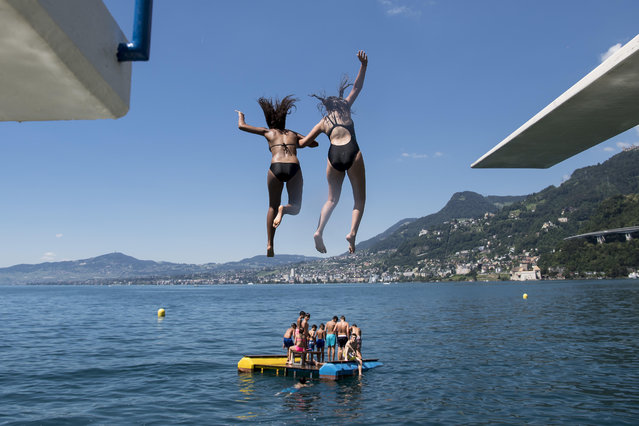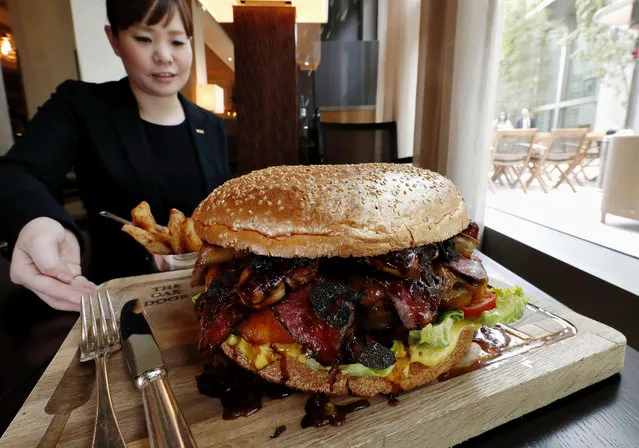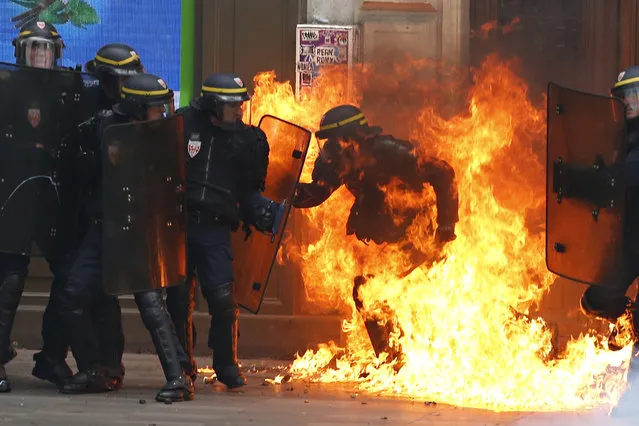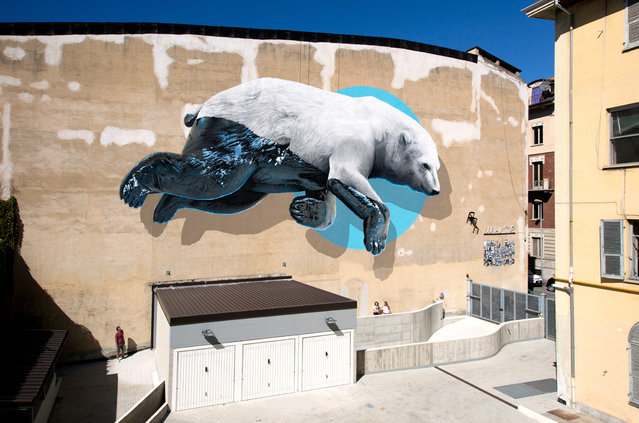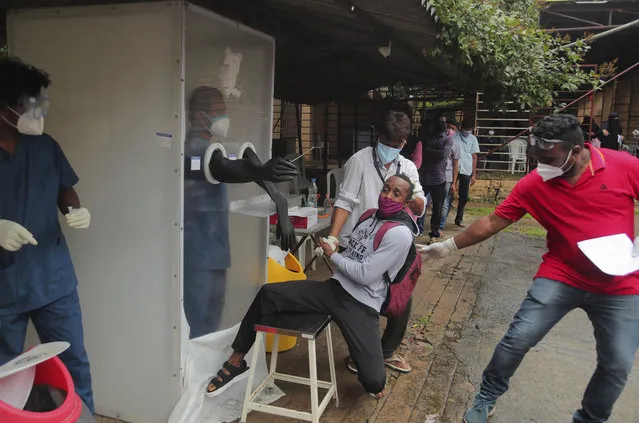
A man reacts as health workers help collect a nasal swab sample to test for COVID-19 in Hyderabad, India, Thursday, September 17, 2020. As India’s coronavirus confirmed cases jump by a record 97,894 cases in the past 24 hours, Prime Minister Narendra Modi’s government faced a scathing opposition criticism in Parliament for its handling of the pandemic and a contracting economy leaving millions jobless on Thursday. (Photo by Mahesh Kumar A./AP Photo)
19 Sep 2020 00:07:00,post received
0 comments



